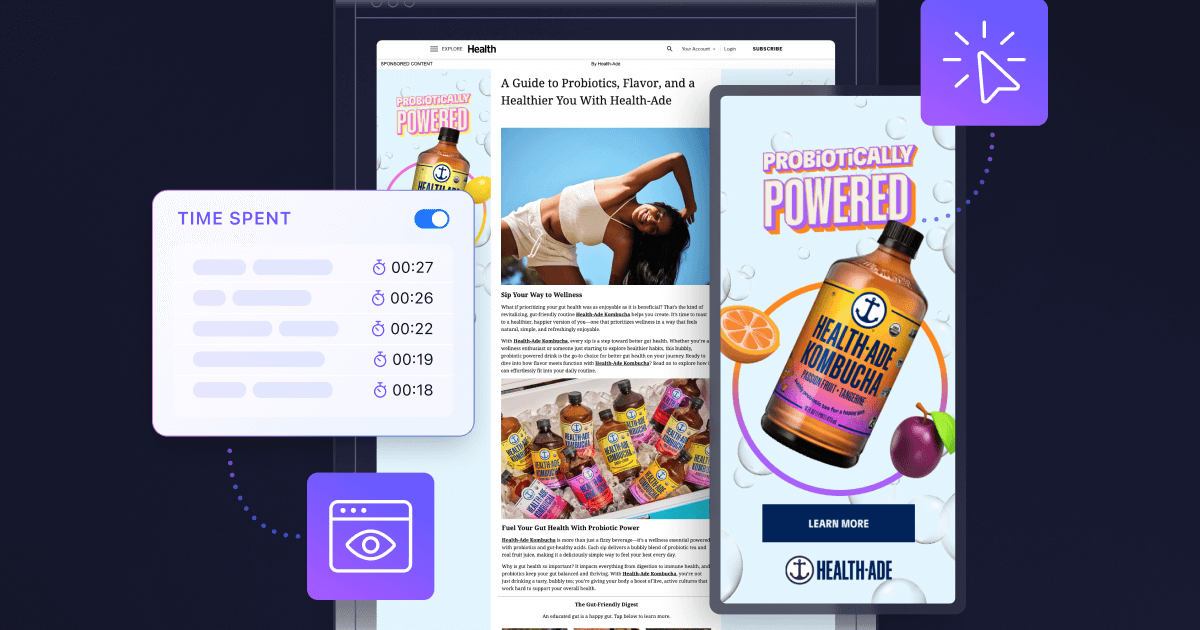Telemedicine: Always the Bridesmaid?
.png)
Written by Erin Tye, Director of Content Insights & Innovation at Nativo Inc.
One of my first jobs post-college was writing blog posts for what turned out to be a pretty visionary healthcare start-up. The founder had a hunch that virtual therapy was the future and wanted to be the first solution on the market. I’ll be honest; I was skeptical. But the gig was paid, and New York City rent is no joke, so I drafted article after article on the merits of telemedicine.
Years later, in the grips of a global pandemic, virtual therapy became a lifeline for thousands and cemented its place as a standard component of many people’s care routines. Three years on from the darkest depths of quarantine, has telemedicine maintained its momentum? The answer is…sort of.
Nativo’s Insights Team conducted a study to determine exactly what the average consumer thought of virtual healthcare, whether they used it and, if so, how they used it. While most respondents (74.7%) reported having access to telehealth services, almost 14% weren’t sure - and over 17% had never used it. Those numbers indicate an education gap - and plenty of untapped opportunities for telemedicine brands. Still, the overwhelming majority are taking advantage of virtual care in some capacity. 71.4% of respondents had used telehealth services within the last six months, and 52.7% used those services weekly or bi-weekly.
But does use equal trust? Do these patients consider virtual care a comparable substitute for traditional in-person care? The answer seems that they don’t, at least not yet. The top concern given for either not using telemedicine or not using it more was quality of care (47.7%), followed by being comfortable with their current care setup (36.9%) and worry over the impact to care provider relationship (30.3%).

So if there’s still widespread concern over the quality of care, what are all these people using virtual solutions for? Out of a broad list of suggested health concerns, respondents were most likely to use telemedicine for issues or conditions that were less serious (mental health, seasonal illnesses, digestive issues). When the problem was critical, urgent or potentially sensitive (surgery follow-ups, unexplained symptoms, sexual health), patients were more likely to default to standard care practices. People were also much more likely to use telemedicine as a maintenance tool, with the majority (54%) saying they prefer telemedicine as a follow-up tool after in-person appointments. In contrast, only 20.8% indicated they’d prefer using it for the first appointment for a health concern.

The overarching takeaway here is that there’s still plenty of work to do for brands in the telemedicine space, starting with making sure people know if they even have access to virtual care options. The next step is to build trust. Produce and distribute branded content focused on positive impact and feedback, the caliber of care providers, company credentials and strong provider-patient relationships. As with any endeavor, building trust takes time, but if telemedicine brands want to emerge from the shadow of traditional care models, the time to invest in building content (and patient relationships) is now.
Want to learn how the power of brand content and contextual advertising can work for you? Schedule a demo with us today!

.jpg)


